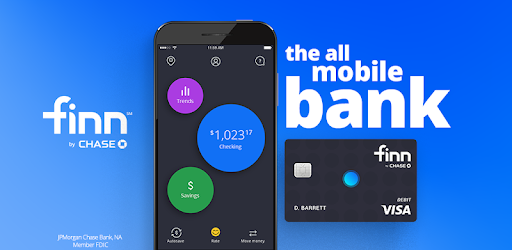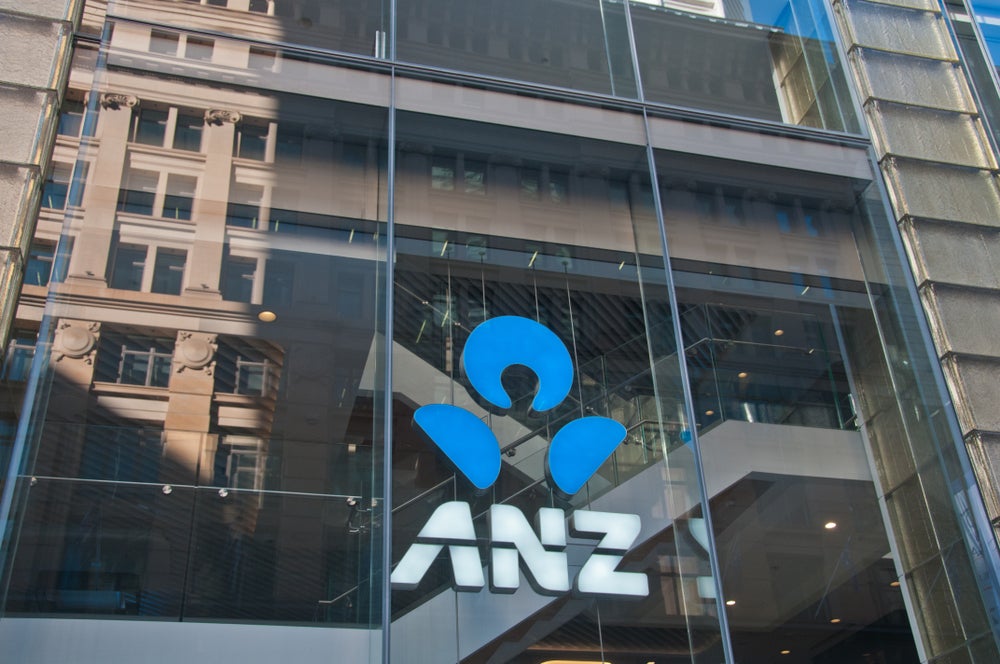
Chase axes Finn, its digital sub-brand, less than a year after its nationwide launch.
The no monthly fee brand was set up to target US millennials and young consumers. It was by no means the first US digital bank – think Ally Bank and Simple. But Finn was the first attempt by one of the US majors to roll out a digital sub-brand.
In particular, Finn was set up to mimic digital challengers such as Chime and Moven in the US. So it offered features such as automatic savings and transaction categorisation. And Finn encouraged customer feedback with the aim of assisting the product development team at Chase.
Above all, Finn was an attempt to tap segments of the market that might find the incumbent banks a turn off. From debut, the only unique offering was a feature allowing Finn customers to feedback how transactions made them feel.
Nor did Finn give the impression of offering the customer user experience of European challengers such as Monzo. In addition, there appeared to be little prospect of Finn customers using the product as their primary banking account.
In other words, customers would perhaps use Finn as an additional product. Gathering deposits would, as a result, be a challenge for Finn. Similarly, there is the challenge of cross-selling other Chase products.
How well do you really know your competitors?
Access the most comprehensive Company Profiles on the market, powered by GlobalData. Save hours of research. Gain competitive edge.

Thank you!
Your download email will arrive shortly
Not ready to buy yet? Download a free sample
We are confident about the unique quality of our Company Profiles. However, we want you to make the most beneficial decision for your business, so we offer a free sample that you can download by submitting the below form
By GlobalDataChase axes Finn: brand killed off from 10 August
On 10 August, Chase will transfer Finn current accounts to the Chase Secure Checking account. At the same time, Finn savings accounts will transfer to Chase Savings.
Likewise, Finn customers will be unable to use the Finn app after 10 August.
In theory, the Finn roll out made a lot of sense. Digital sub-brands can act as laboratories for testing new products and features, while minimising potential risks to the parent brand.
And as they are built on new platforms, they can offer enhanced services based on advanced data analytics.
Much was made of the automated savings feature in marketing and social media content, such as the video above.
But the concept is not remotely new. Bank of America blazed a trail with its Keep the Change programme back in 2005.
Keep the Change was a phenomenal success for Bank of America, attracting 2 million members in its launch year.
Since then, more than 12 million customers signed up for the programme. In total, members have saved more than $2bn in total. Moreover, 60% of new customers enrol for “Keep the Change and 99% of customers who sign up stick with the programme.
The challenge of incumbent bank rolling out a successful digital sub-brand has been pulled off by a number of banks.
For example, DBS’ Digibank in India is a notable success. Likewise, Emirates NBD with its Liv sub-brand launched in the UAE in May 2017. Since then Liv has been acquiring over 10,000 new customers every month. More than five in six Liv customers are millennials and new to Emirates NBD.
Chase axes Finn: other digital sub-brand flops
Chase is not the first to try a digital sub-brand experiment and pull the project. For example, AXA Banque sub-brand Soon, launched in 2014.Three years later and having attracted little over 30,000 customers the brand was dropped.
Another loser is Hungary’s OTP Group. It launched Touch Bank in Russia in 2015. It was a brave effort to target a market in which digital market leader Tinkoff has performed to great effect.
In its three year history Touch Bank attracted more than 200,000 customers and deposits of around $85m. OTP had targeted break even by 2019.
In May 2018 OTP said that it would wind down its Touch Bank brand in Russia. Accumulated losses in its three year history were estimated at around $25m.
Chase: digital success
Notwithstanding the flop of Finn, Chase overall digital metrics remain world class. For example, active Chase mobile customers rose by 11% year-on-year during 2018 to 33.3 million. And by the end of March, that number had risen again to 34.4 million.
Meantime, spare a thought for Royal Bank of Scotland, readying the launch of its Bó sub-brand. If you believe any of the spin, Bó represents a new kind of bank – a greenfield digital bank owned by an existing incumbent. Except that the concept is not remotely novel, but that never concerns the more gullible among the PR fraternity.
On the launch of Bó, expect to be told that the new brand represents an attempt to put the customer at the heart of everything the bank does. And no doubt we will be told that Bó offers the latest technology, machine learning, AI and the cloud.
Bó may indeed become another Liv. It is a project well worth trying. If it does not deliver on the numbers and meet some basic business KPIs, it will deserve to go the way of Finn.








